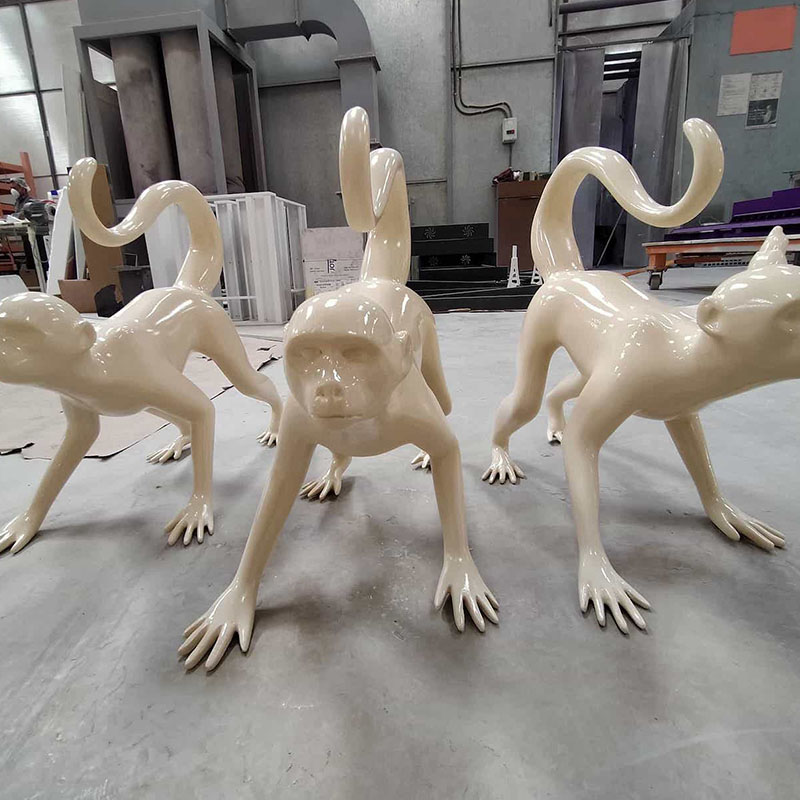
Tips To Improve Your 3D Printing Quality
3D printing has made it possible to create complex and intricate designs with ease. However, achieving high-quality prints can be a challenging task for beginners and experienced users alike. In this guide, we will discuss some tips that can help you improve your 3D printing Dubai quality.
Optimize print settings:
One of the simplest ways to improve quality is by adjusting print settings. Layer height, print speed, and temperature all influence the outcome. Lower layer heights provide smoother surfaces, while adjusting print speed can prevent defects like ringing or ghosting. Experimenting with different temperatures ensures proper filament flow, preventing under- or over-extrusion.
Use high-quality filament:
The quality of filament directly impacts print results. Cheap or poorly manufactured filament may have inconsistent diameters, leading to clogs or uneven layers. Investing in high-quality filament ensures better adhesion and smoother finishes. Additionally, keeping filament dry and storing it in airtight containers helps prevent moisture absorption, which can cause print imperfections.
Calibrate the print bed:
An unlevel print bed can lead to poor adhesion and failed prints. Regularly calibrating the bed ensures the first layer sticks properly, providing a strong foundation for the rest of the print. Many printers have automatic bed leveling, but manual adjustments may still be necessary for optimal accuracy.
Improve cooling and ventilation:
Cooling plays a key role in print quality, especially for small details and overhangs. Proper fan settings prevent warping and help layers bond correctly. Additionally, maintaining good ventilation around the printer reduces heat buildup, which can affect filament flow and adhesion.
Reduce vibrations and ensure stability:
Even minor vibrations can cause layer shifts or surface imperfections. Placing the 3D printer on a stable surface and tightening loose components can minimise unwanted movement. Some users also add vibration-dampening feet to further reduce shaking during operation.
Perform regular maintenance:
A well-maintained printer produces better results. Regularly cleaning the nozzle, lubricating moving parts, and checking for loose belts or screws help maintain accuracy. Replacing worn-out components like PTFE tubes or nozzles also ensures consistent extrusion.
Improving 3D print quality requires a combination of proper calibration, high-quality materials, and regular maintenance. By making small adjustments and following best practices, users can achieve smoother, more precise prints.